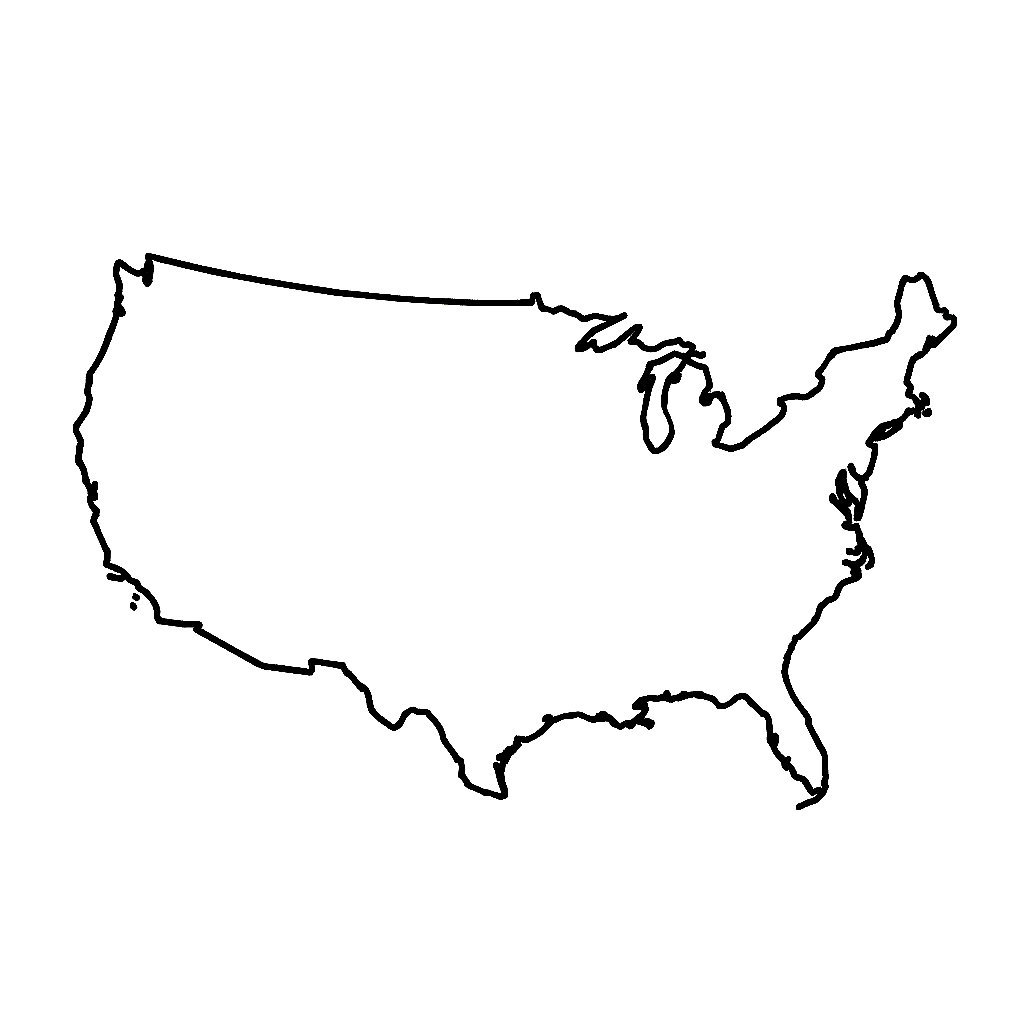
At first sight, the United States does not appear to be a developing country, but rather a country that served as a support base for cooperation with other mission territories. However, as early as the very beginning in the 16th century, there were mission posts established by Jesuits and Franciscans coming from Spain to the former Spanish colony, among other things to combat poverty and to promote religion.
Hawaii, before 1959, was not yet part of the United States, and mission posts were also set up there to provide support in healthcare and religious activities. It is listed here under the United States, although we could have included it separately in the list.
For Zutendaal, there were Scheutists in Arlington around the 1950s–60s, and some had previously been assigned to the Philippines.
Colony & Context
Colonial authority: Spain claimed Alta California in the 18th century as the northern frontier of New Spain.
Background: After the expulsion of the Jesuits (1767), the Franciscan Order took over leadership of missionary expansion in the north.
Purpose: To occupy and secure territory (against Russia/England, among others) through chains of missions–presidios–pueblos, and to evangelize Indigenous peoples and establish agricultural settlements.
First missionaries in the United States were of the Order of Franciscans (OFM), with a Leadership: Fray Junípero Serra (from 1769). Their motivations were of religious — (conversion and catechesis), political — (frontier defense and territorial claims) and economic nature — (creation of self-sufficient agricultural outposts).
Early Mission Posts (SF–LA Corridor), from south (Los Angeles area) to north (San Francisco Bay), with founding years:
(Alta California eventually had 21 missions; the SF–LA segment contains many of the major ones.)
Population “Then”, before intensive colonization (c. 1769) was estimated rough of 250,000–300,000 Indigenous inhabitants in present-day California (Ohlone, Tongva, Chumash, Salinan, Esselen, and others).
Within the mission system (c. 1800–1815): Rapid rise in numbers of “neophytes” (baptized Indigenous residents), followed by sharp decline due to epidemics (measles, smallpox, dysentery), mortality, and flight.
Development & “Peak”
Poverty & Causes (Historical Context)
No “poverty rates” in the modern sense existed, but mission life operated on a rationed, hierarchical economy with forced or semi-forced Indigenous labor. Demographic collapse, loss of autonomy/land, and punitive mission discipline produced widespread deprivation among Indigenous communities.
Persistent Difficulties
Major Mission Posts in the U.S. Outside California
Focusing on the earliest (Spanish/French/Russian) foundations and early–mid-19th-century missions.
Earliest Period (16th–18th Century)
Florida & the Southeast (Spanish Catholic)
Southwest (New Spain)
Great Lakes & Mississippi Valley (French Catholic, Jesuit)
North & Northwest (Russian Orthodox)
19th–Early 20th Century
Oregon Country / Pacific Northwest
Plains & Midwest (Protestant & Catholic)
Southwest (Post–Mexican-American War)
Tucson/Phoenix region: Franciscan and diocesan rebuilding of older missions and new parish-missions for Indigenous and Mexican communities (late 19th century).
Eastern U.S. / Immigrant “Home Missions”
From 1860–1910: Catholic and Protestant networks in industrial cities serving Irish, Italian, Polish, and other immigrant groups; education and healthcare often provided by sister congregations.
Why These Posts? (Core Motives)
Main Difficulties
Early Missionaries in Hawai?i
First Protestant missionaries:
Arrived with the ABCFM on the Thaddeus; first sighted the islands on 30 March 1820 and anchored at Kailua-Kona on 4 April 1820.
First Catholic missionaries:
The Congregation of the Sacred Hearts (Picpus Fathers, SS.CC.), led by Fr. Alexis Bachelot, arrived in 1827. Their early period was marked by persecution and expulsion (1831), followed only later by tolerance and institutional development.
Early Catholic center:
The Cathedral Basilica of Our Lady of Peace (Honolulu) was dedicated in 1843; it remains the historic center of the Catholic Church in Hawai?i.
Notable missionary:
Fr. Damien (Saint Damien of Moloka‘i), who served on Moloka‘i from 1873 to 1889.
And CICM (Scheut)?
CICM/Scheut had no early mission in Hawai?i; the Catholic pioneers there were the Picpus Fathers (SS.CC.), not CICM. CICM mission overviews do not list Hawai?i among their mission fields (CICM was active in China/Mongolia, Congo, the Philippines, etc.).
Missionhurst–CICM in the United States
Missionhurst-CICM (the U.S. Province of CICM) uses the United States as a sending and support base, providing personnel and financial aid to multiple overseas missions.
Examples of mission destinations supported or staffed by the U.S. Province include:
According to Missionhurst’s own description, their priests and brothers are sent “where their presence is most needed,” and the U.S. Province coordinates fundraising for projects “in 22 countries worldwide,” alongside its own parish work in states such as Virginia, Texas, and North Carolina.
Why a U.S. Base?
1. Sending base & recruitment of vocations
2. Practical training field close to home
3. Logistical support for overseas missions
4. Pastoral work within the United States
And the Philippines?
The Philippines became a major CICM mission field as early as 1907/1909 (later its own province). The U.S. base did not initiate the Philippine mission, but its fundraising, recruitment, and logistics also supported Filipino CICM ministries.